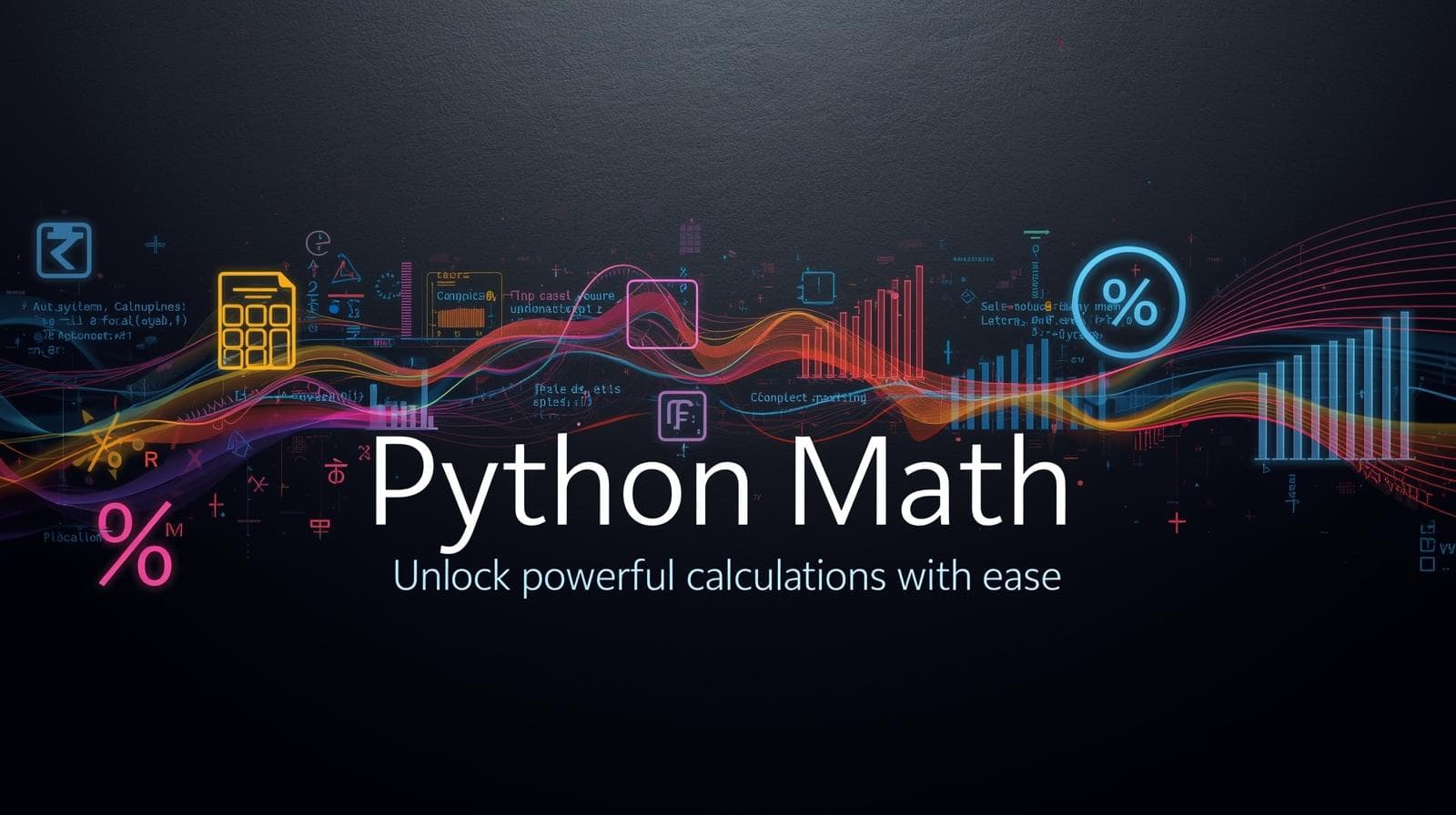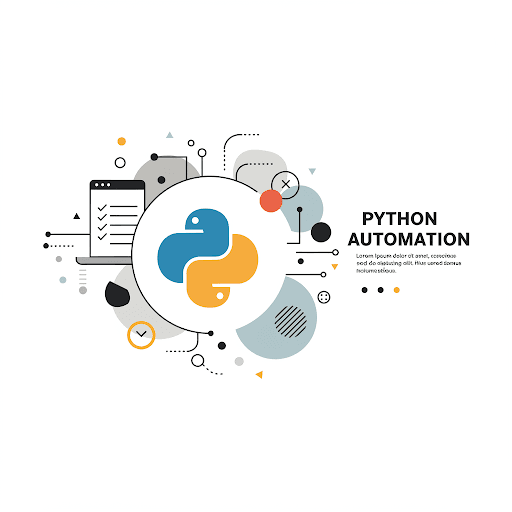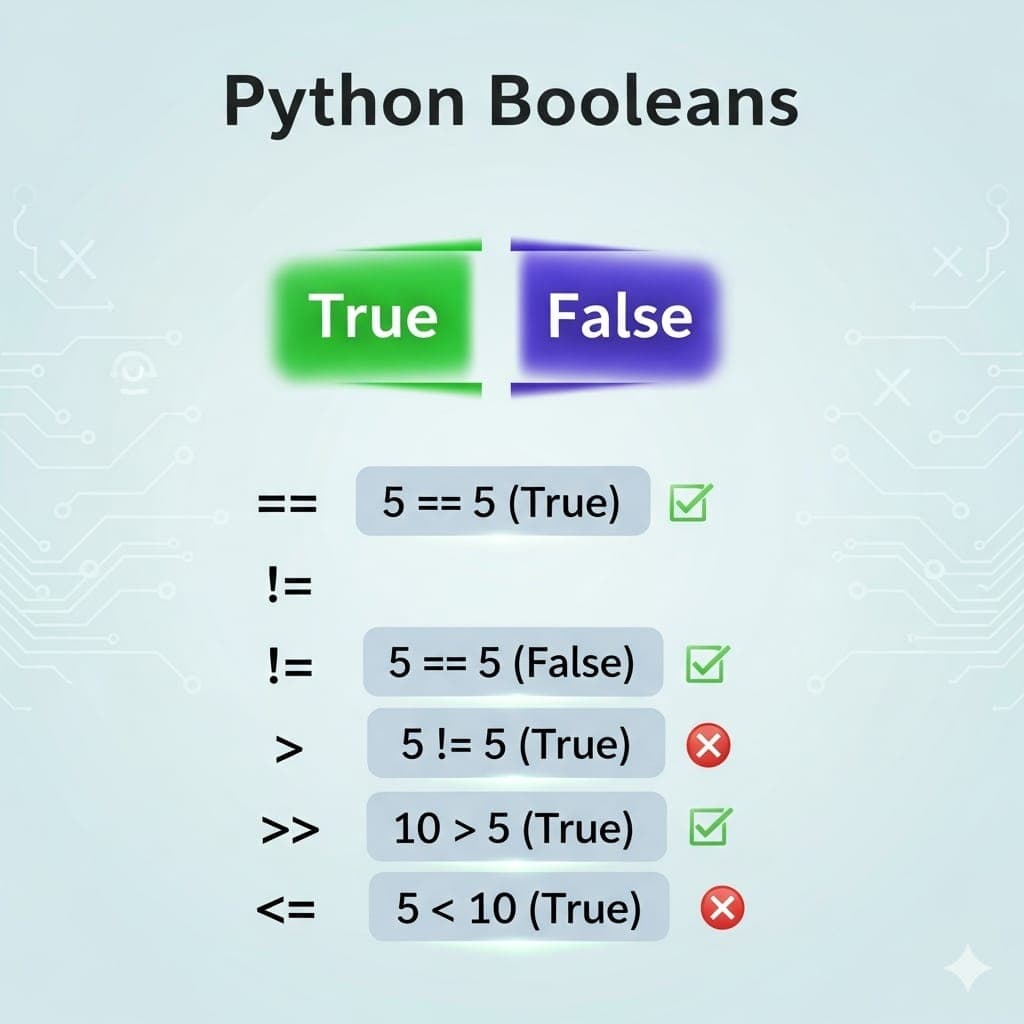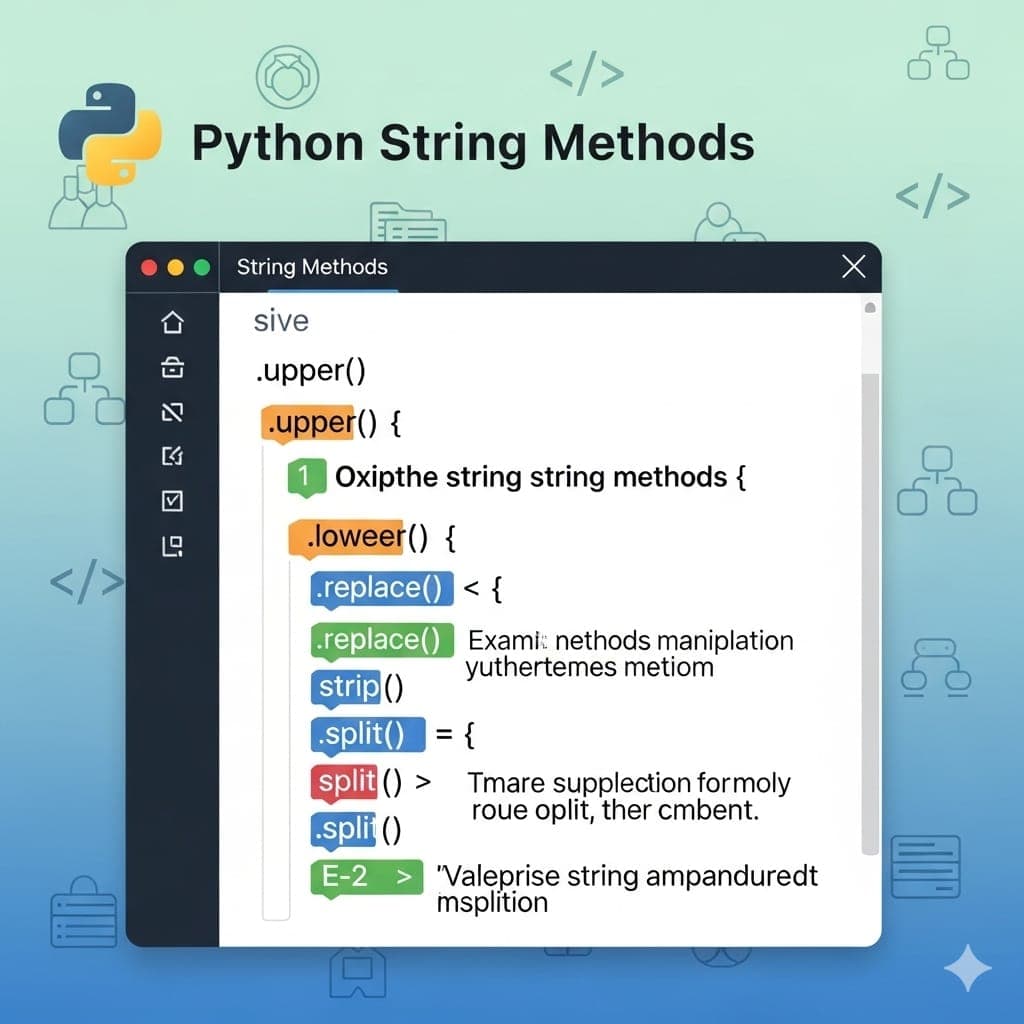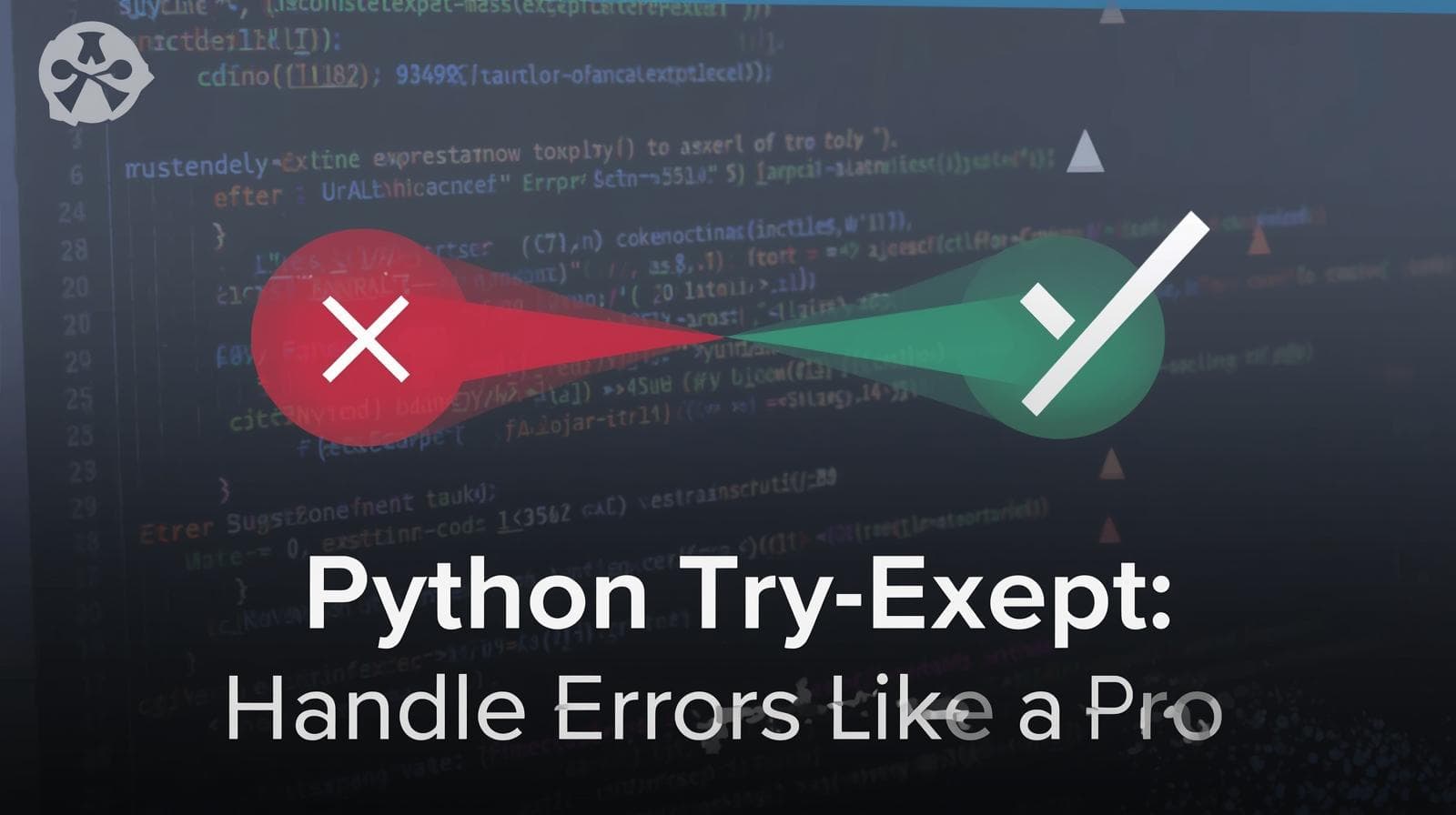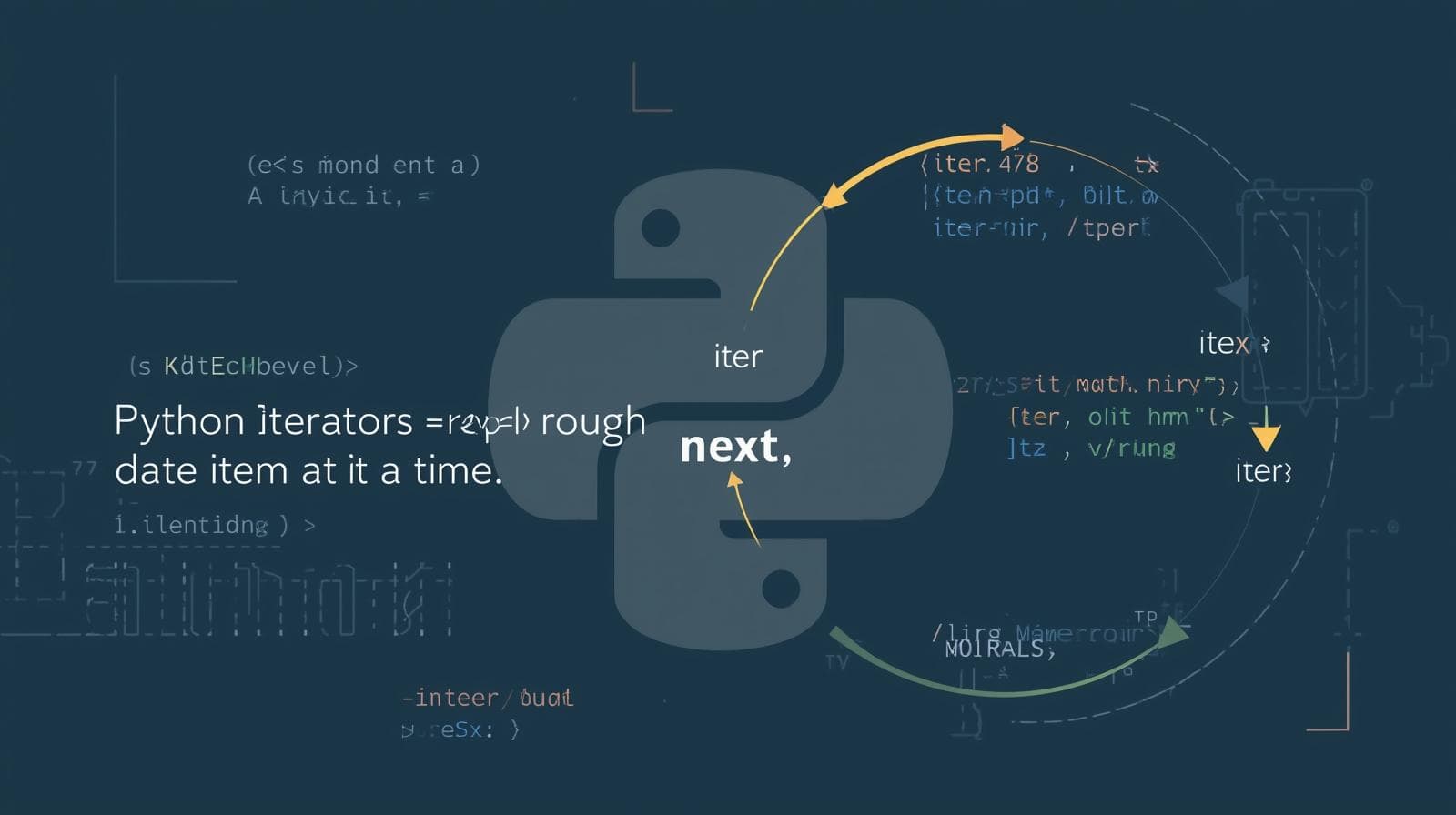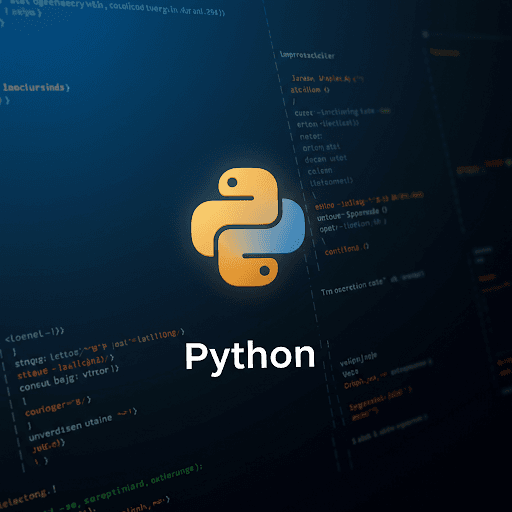Master Pandas Series: Your Ultimate Guide to 1D Data Analysis in Python

Dive deep into Pandas Series! This comprehensive guide covers everything from creation, indexing, and manipulation to real-world use cases and best practices.

Master Pandas Series: Your Ultimate Guide to 1D Data Analysis in Python
The Ultimate Guide to Pandas Series: The Heartbeat of Data Analysis in Python
If you've ever dipped your toes into the vast ocean of data analysis with Python, you've undoubtedly encountered the name Pandas. It's the powerhouse library that makes manipulating and analyzing data not just possible, but intuitive and efficient. But before you can run with complex dataframes and multi-dimensional analyses, you need to learn to walk with its fundamental building block: the Pandas Series.
Think of a Series as the atomic unit of the Pandas universe. Understanding it is not just a beginner's step; it's the foundational knowledge that every proficient data analyst or scientist builds upon. This guide is designed to be your comprehensive manual. We'll move from "What is this?" to "How can I use this to solve real problems?" with plenty of code, clarity, and practical wisdom along the way.
Ready to become a Pandas Series pro? Let's get started.
What Exactly is a Pandas Series?
In the simplest terms, a Pandas Series is a one-dimensional labeled array. It can hold data of any type: integers, floats, strings, Python objects, and more. The labels, collectively known as the index, are what truly differentiate a Series from a simple list or a NumPy array.
The Anatomy of a Series
Every Series has two main components:
The Data (or Values): The actual data points stored in the Series. This is typically a NumPy array under the hood.
The Index: A sequence of labels assigned to each data point. By default, it's a range of integers (0, 1, 2, ...), but it can be anything: letters, dates, unique IDs, etc.
This structure is incredibly powerful. It means you can access your data not just by its numerical position (like in a list), but by a meaningful label.
Creating Your First Pandas Series: A Hands-On Tutorial
Before we create anything, we need to import the Pandas library. The conventional alias is pd.
python
import pandas as pd1. From a Python List
The most straightforward way to create a Series is from a list.
python
# Create a list of temperatures
temperatures_list = [22, 24, 19, 27, 21]
# Convert the list to a Pandas Series
temperatures_series = pd.Series(temperatures_list)
print(temperatures_series)
print(type(temperatures_series))Output:
text
0 22
1 24
2 19
3 27
4 21
dtype: int64
<class 'pandas.core.series.Series'>Notice the output. On the left, we have the index (0 through 4). On the right, we have the values (our temperatures). The dtype tells us the data type of the values.
2. Customizing the Index
The real magic begins when we define our own index.
python
# Create a list of temperatures
temperatures_list = [22, 24, 19, 27, 21]
# Create a list of days for the index
days = ['Mon', 'Tue', 'Wed', 'Thu', 'Fri']
# Create the Series with a custom index
temperatures_series = pd.Series(temperatures_list, index=days)
print(temperatures_series)Output:
text
Mon 22
Tue 24
Wed 19
Thu 27
Fri 21
dtype: int64Now our data is semantically labeled. We can ask for Wednesday's temperature directly instead of trying to remember it was at position 2.
3. From a Python Dictionary
This is a very intuitive method. The dictionary's keys automatically become the Series index, and the values become the Series data.
python
# Create a dictionary of student ages
ages_dict = {'Alice': 24, 'Bob': 19, 'Claire': 22, 'David': 25}
# Convert the dictionary to a Series
ages_series = pd.Series(ages_dict)
print(ages_series)Output:
text
Alice 24
Bob 19
Claire 22
David 25
dtype: int644. From a NumPy Array
Since Pandas is built on top of NumPy, this integration is seamless.
python
import numpy as np
# Create a NumPy array of random numbers
np_array = np.random.randn(5) # 5 random numbers
# Create a Series from the array
series_from_numpy = pd.Series(np_array, index=['a', 'b', 'c', 'd', 'e'])
print(series_from_numpy)5. From a Scalar Value
You can create a Series with the same value repeated by providing a scalar value and an index.
python
# Create a Series with the value 100 for each index label
constant_series = pd.Series(100, index=['Q1', 'Q2', 'Q3', 'Q4'])
print(constant_series)Output:
text
Q1 100
Q2 100
Q3 100
Q4 100
dtype: int64Accessing and Slicing Data: Your Data Retrieval Toolkit
Creating data is one thing; accessing it efficiently is another. Series provides multiple powerful ways to do this.
Selection by Label (using index) with .loc[]
The .loc[] indexer is used to access data by its label.
python
ages_series = pd.Series({'Alice': 24, 'Bob': 19, 'Claire': 22, 'David': 25})
# Access a single value
print(ages_series.loc['Alice']) # Output: 24
# Access multiple values with a list of labels
print(ages_series.loc[['Alice', 'David']])Output:
text
Alice 24
David 25
dtype: int64Selection by Position (using integer location) with .iloc[]
The .iloc[] indexer is used to access data by its integer position, just like a Python list.
python
# Access the first element (position 0)
print(ages_series.iloc[0]) # Output: 24
# Access the last element
print(ages_series.iloc[-1]) # Output: 25
# Slice from position 1 to 2 (3 is exclusive)
print(ages_series.iloc[1:3])Output:
text
Bob 19
Claire 22
dtype: int64Direct Indexing (A Word of Caution)
You can also use the direct bracket [] notation. However, its behavior can change depending on whether the index is integer-based or label-based, which can lead to confusion. Best practice is to explicitly use .loc[] for labels and .iloc[] for positions for clear, unambiguous code.
Vectorized Operations and Filtering: The Power of Pandas
One of the most significant advantages of using Series (and Pandas in general) is the ability to perform operations on the entire dataset without writing slow Python for loops. These are called vectorized operations.
Basic Arithmetic
python
temps = pd.Series([22, 24, 19, 27, 21], index=['Mon', 'Tue', 'Wed', 'Thu', 'Fri'])
# Convert Celsius to Fahrenheit
temps_fahrenheit = (temps * 9/5) + 32
print(temps_fahrenheit)Boolean Filtering
You can filter a Series using a conditional expression, which returns a new Series of booleans (True/False). You then use this to select the data you want.
python
# Find all days where temperature was above 23
high_temp_days = temps[temps > 23]
print(high_temp_days)Output:
text
Tue 24
Thu 27
dtype: int64Let's break down what happened: temps > 23 created a boolean Series ([False, True, False, True, False]). When we index the original Series with this boolean Series, it returns only the values where the condition was True.
Handling Missing Data: A Real-World Necessity
Real-world data is messy. It's full of gaps and missing values. Pandas Series is designed to handle this gracefully. It represents missing values as NaN (Not a Number).
Creating a Series with Missing Data
python
# None and np.nan are treated as missing
series_with_nan = pd.Series([1, 4, None, 10, 5, np.nan])
print(series_with_nan)Output:
text
0 1.0
1 4.0
2 NaN
3 10.0
4 5.0
5 NaN
dtype: float64Notice how the dtype changed to float64 to accommodate the NaN values.
Finding and Dealing with Missingness
python
# Check which values are missing
print(series_with_nan.isnull())
# Drop all missing values
cleaned_series = series_with_nan.dropna()
print(cleaned_series)
# Fill missing values with a specific value (e.g., the mean)
mean_filled_series = series_with_nan.fillna(series_with_nan.mean())
print(mean_filled_series)Mastering these methods (isnull(), dropna(), fillna()) is critical for data cleaning and preprocessing. To learn professional software development courses such as Python Programming, Full Stack Development, and MERN Stack, which cover these industry-standard techniques in depth, visit and enroll today at codercrafter.in.
Real-World Use Cases: Where Series Shine
Pandas Series isn't an academic exercise; it's a practical tool. Here’s how it’s used:
Time Series Data: A stock's closing price over time. The index is the date, and the value is the price.
python
stock_prices = pd.Series([145.67, 146.89, 142.45, 141.02], index=pd.to_datetime(['2023-10-23', '2023-10-24', '2023-10-25', '2023-10-26']))Data from a Single Column in a CSV: When you read a CSV file into a DataFrame (using
pd.read_csv()), each column is essentially a Series. You can extract it to work on it individually.python
# Assuming a DataFrame 'df' with a 'Salary' column salary_data = df['Salary'] # This is a Series! average_salary = salary_data.mean()Labeled Measurements: Sensor readings, experiment results, survey responses—anywhere you have a set of values that need named references.
Best Practices and Pro Tips
Use Descriptive Names: Name your Series objects clearly (
temperatures,customer_ages,daily_returns) to make your code self-documenting.Prefer
.locand.iloc: Avoid ambiguity. Using explicit indexers makes your code much more readable and less error-prone.Be Mindful of the Index: When performing operations between two Series, Pandas aligns the data by the index label, not by position. This is a core feature but can be a source of confusion if indexes don't match.
Use Vectorized Operations: Embrace them. They are not only more elegant but also significantly faster than iterating with loops, especially on large datasets.
Frequently Asked Questions (FAQs)
Q: What's the difference between a Series and a Python list?
A: A list is a simple ordered collection. A Series is a powerful, indexed data structure that supports vectorized operations, handles missing data, and can have labeled (non-integer) indexes.
Q: What's the difference between a Series and a DataFrame?
A: A Series is a one-dimensional array with an index. A DataFrame is a two-dimensional table made up of multiple Series objects aligned to the same index, each representing a column.
Q: How is a Series different from a NumPy array?
A: A NumPy array is a homogeneous, n-dimensional array without inherent labeling. A Series is built on a one-dimensional NumPy array but adds an index, allowing for label-based access and more sophisticated data manipulation. It can also hold heterogeneous data, though this is not common.
Q: How do I change the index of a Series?
A: You can assign a new list of labels to the .index attribute, but it must be the same length as the Series.python temperatures_series.index = ['Monday', 'Tuesday', 'Wednesday', 'Thursday', 'Friday']
Q: Can a Series have non-unique index labels?
A: Yes, but it's generally not recommended. Using .loc on a non-unique index will return all values with that label, which can be unexpected.
Conclusion: Your Foundation is Set
The Pandas Series is deceptively simple. It appears as just a column of data, but as we've explored, it's a sophisticated, powerful tool that forms the absolute core of data manipulation in Python. From its clever indexing system to its lightning-fast vectorized operations and innate ability to handle messy data, it provides a foundation that every other part of the Pandas library is built upon.
Mastering Series is your first and most important step towards becoming proficient in data analysis. Practice creating them from different sources, slicing and dicing them in various ways, and applying operations across the entire dataset. The confidence you gain here will make learning DataFrames and more advanced analysis a natural and smooth progression.
The journey from data enthusiast to professional developer is filled with steps like these. If you're ready to take the next step and transform your skills into a career, we have the structured path for you. To learn professional software development courses such as Python Programming, Full Stack Development, and MERN Stack, visit and enroll today at codercrafter.in. Let's build your future in code, together.
